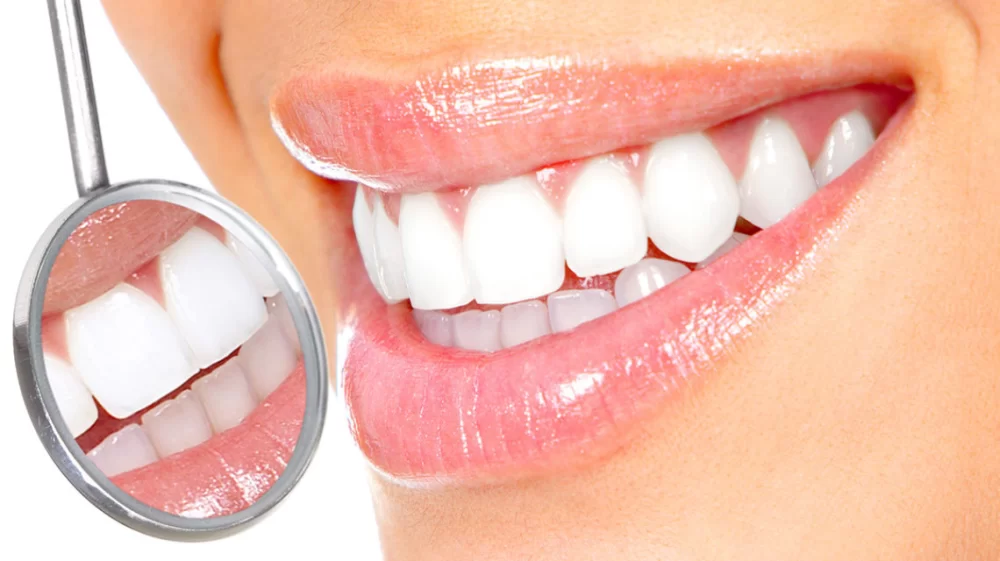
- Causes-of-Tooth-Enamel-Cracking
- How-Enamel-Cracks-Develop
- Real-Life-Examples-of-Enamel-Cracking
- Protecting-and-Repairing-Enamel
- Professional-Advice-for-Enamel-Health
Causes of Tooth Enamel Cracking
Tooth enamel is the hardest substance in the human body, designed to protect our teeth from daily wear and tear. However, despite its strength, enamel is not invincible. Understanding the causes of tooth enamel cracking is essential for maintaining long-term dental health. Several factors contribute to enamel cracks, ranging from lifestyle habits to underlying health conditions.
Mechanical Stress and Trauma
One of the most common causes of enamel cracking is mechanical stress. This includes habits such as teeth grinding (bruxism), biting down on hard objects like ice or popcorn kernels, or injuries from accidents. Over time, repeated pressure can cause microscopic fractures in the enamel surface, eventually developing into visible cracks.
Acid Erosion and Dietary Factors
Acidic foods and beverages, such as soda, citrus fruits, and certain sports drinks, can erode enamel by weakening its mineral structure. When enamel becomes thinner and softer, it becomes more susceptible to cracking. Acid reflux or frequent vomiting related to health issues can also contribute to enamel erosion and subsequent cracking.
Environmental and Health-Related Causes
Certain medical conditions, like dry mouth (xerostomia) which reduces saliva production, impair the natural remineralization process of enamel. Additionally, excessive fluoride exposure during tooth development (fluorosis) can create brittle enamel that is prone to cracking. Aging naturally causes enamel to wear down and lose resilience, increasing the risk of cracks.
How Enamel Cracks Develop Over Time
The process of enamel cracking often begins with tiny microfractures that are invisible to the naked eye. Over months or years, these cracks can deepen and widen due to daily forces like chewing or temperature changes. For example, rapidly switching between very hot and very cold foods can cause enamel to expand and contract, accelerating crack formation.
Microfractures Progression
Early-stage cracks may cause mild sensitivity but often go unnoticed. As cracks grow, they can compromise the structural integrity of the tooth, leading to pain, increased risk of decay, and even tooth fractures. If left untreated, enamel cracks can expose the underlying dentin, making the tooth vulnerable to infection.
Signs and Symptoms to Watch For
Common signs include sharp pain when biting, sensitivity to temperature extremes, and visible lines or fissures on the tooth surface. Noticing these symptoms early allows for timely intervention to prevent further damage.
Real-Life Examples of Enamel Cracking
Consider the case of Sarah, a 35-year-old professional who developed enamel cracks due to chronic teeth grinding caused by stress. Over time, she experienced sharp pain and increased tooth sensitivity, prompting her to seek dental care. Her dentist explained how her enamel had been weakened by repeated pressure and recommended protective night guards along with enamel-strengthening treatments.
Another example is Tom, a teenager who loved chewing ice and frequently drank carbonated beverages. His enamel suffered acid erosion combined with mechanical stress, resulting in visible cracks on several front teeth. After consultation, Tom adopted dietary changes and dental products aimed at rebuilding enamel health, significantly reducing further cracking.
Protecting and Repairing Enamel
Protecting enamel from cracking starts with adopting healthy habits and minimizing risk factors. Using a soft-bristled toothbrush and fluoride toothpaste can strengthen enamel over time. Avoiding hard foods and reducing acidic drink consumption also helps preserve enamel integrity.
Preventive Measures
Wearing a mouthguard during sports or at night if you grind your teeth can prevent mechanical damage. Maintaining proper hydration supports saliva production, which naturally protects and repairs enamel.
Treatment Options for Cracked Enamel
If enamel cracks are detected, early treatment is crucial. Dentists may use bonding agents or dental sealants to protect the damaged area. In more severe cases, crowns or veneers may be necessary to restore tooth function and appearance.
For those looking for trusted products or expert dental services to maintain enamel health or address cracking, Dentistry Toothtruth offers a comprehensive range of solutions tailored to your needs.
Professional Advice for Enamel Health
Regular dental check-ups are essential for detecting enamel cracks early. Professionals can provide personalized recommendations based on your dental history and lifestyle. Incorporating remineralizing agents such as calcium phosphate-based pastes can also enhance enamel strength.
Experts emphasize the importance of understanding individual risk factors like diet, oral hygiene habits, and medical conditions to create effective prevention plans. Consulting with trusted dental care providers ensures that you receive the best advice and treatment options available.
In conclusion, while tooth enamel cracking can seem alarming, awareness of its causes and proactive care can preserve your smile for years. To explore suitable products or consult dental professionals experienced in enamel care, visit Dentistry Toothtruth for reliable guidance and support.







 Forbes Dental Care5.0 (11 review)
Forbes Dental Care5.0 (11 review) Smiles Divine Dental4.0 (25 review)
Smiles Divine Dental4.0 (25 review) DR. MICHAEL H. MCMILLAN5.0 (3 review)
DR. MICHAEL H. MCMILLAN5.0 (3 review) HOLISTIC DENTAL AND WELLNESS CENTER3.0 (8 review)
HOLISTIC DENTAL AND WELLNESS CENTER3.0 (8 review) Advanced Family Dental & Orthodontics4.0 (130 review)
Advanced Family Dental & Orthodontics4.0 (130 review) Hawthorn Woods Family Dental Care5.0 (535 review)
Hawthorn Woods Family Dental Care5.0 (535 review) The Importance of Oral Health Education During Pregnancy for a Healthy Pregnancy
The Importance of Oral Health Education During Pregnancy for a Healthy Pregnancy Best Tips for Brushing Your Teeth Properly for Healthy Gums: Essential Techniques for Oral Health
Best Tips for Brushing Your Teeth Properly for Healthy Gums: Essential Techniques for Oral Health Why Skipping Dental Checkups Can Lead to Bigger Oral Health Problems
Why Skipping Dental Checkups Can Lead to Bigger Oral Health Problems Advantages of Porcelain Dental Restorations
Advantages of Porcelain Dental Restorations How Can Diabetes Cause Tooth and Gum Problems? Preventing and Managing Oral Health Issues
How Can Diabetes Cause Tooth and Gum Problems? Preventing and Managing Oral Health Issues Healthy Habits for Promoting Good Oral Health and Hygiene: Tips for a Healthy Smile
Healthy Habits for Promoting Good Oral Health and Hygiene: Tips for a Healthy Smile